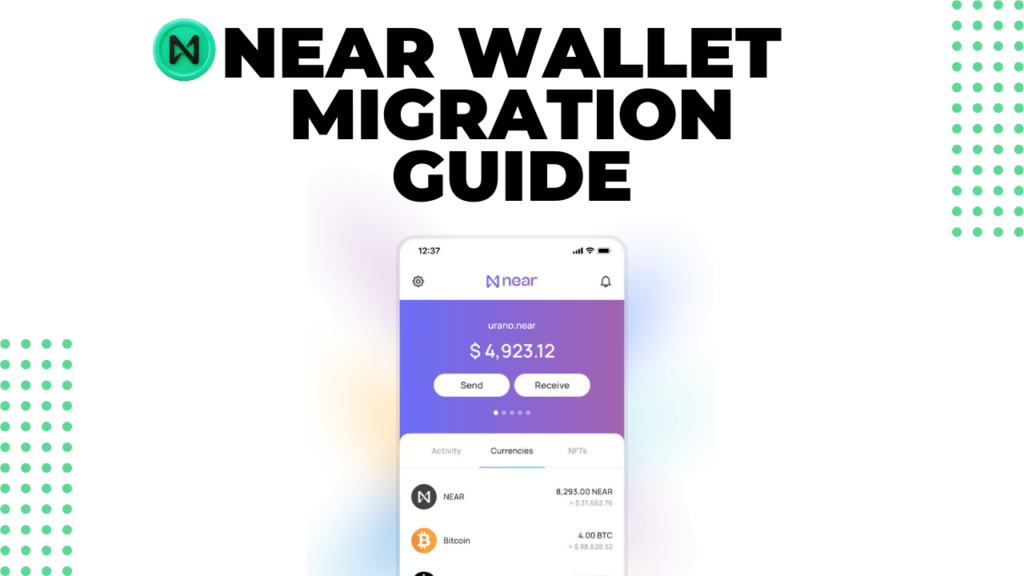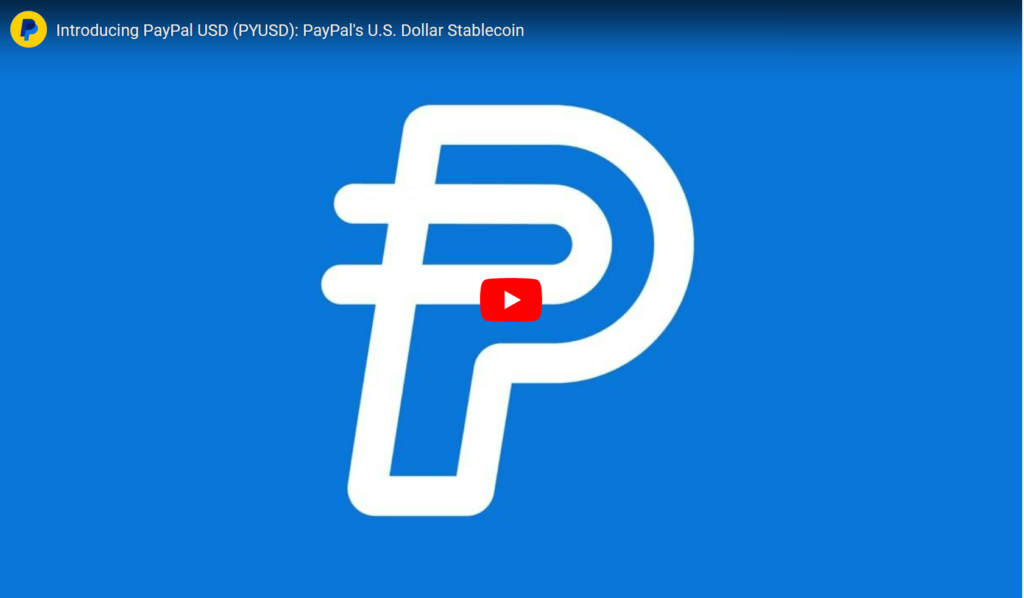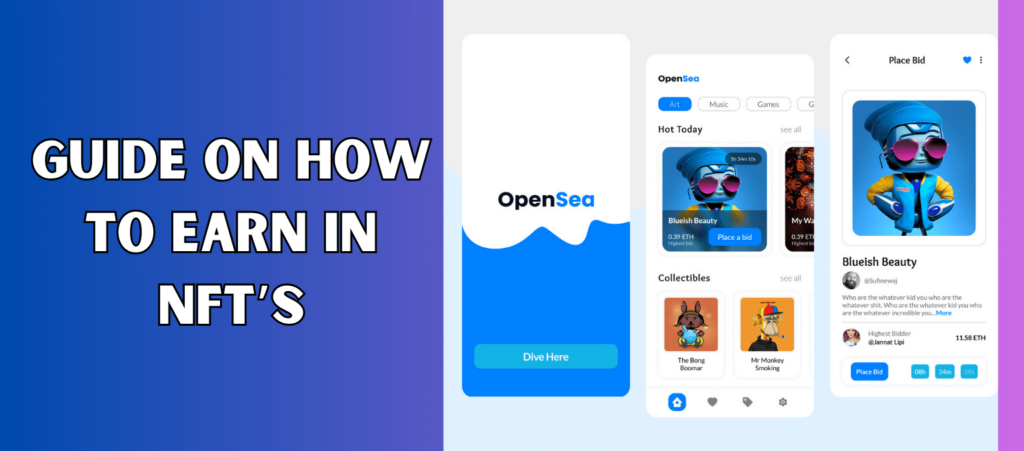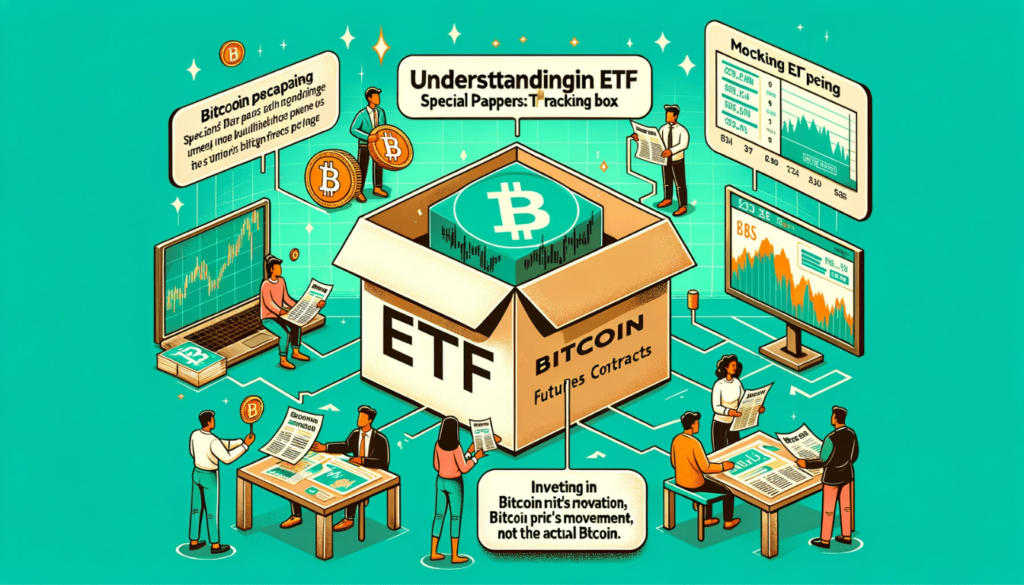What is NFT and How Does It Work?

Imagine a world where buying a digital artwork online not only lands you a beautiful piece for your virtual collection but also grants you a unique token, proving your ownership and authority over this digital treasure. Welcome to the fascinating realm of Non-Fungible Tokens (NFTs), which are reshaping the landscape of digital art and collectibles.
Introduction to the World of NFTs
As Bitcoin emerged as a digital alternative to traditional currency, NFTs are now touted as the digital answer to collectibles. Digital artists, once constrained by the limitations of the traditional art market, are experiencing transformative moments as NFTs open the doors to a new crypto audience and innovative ways of valuing art.
Intrigued by the possibilities? Buckle up as we delve into the intriguing universe of NFTs and explore what makes them the talk of the town!
Unlocking the Basics: What is an NFT?
NFT stands for Non-Fungible Token. At its core, an NFT is a unique digital asset, verifiable via blockchain technology—the same technology that underpins cryptocurrencies like Bitcoin and Ethereum. Unlike cryptocurrencies, however, each NFT is distinct and cannot be exchanged on a one-to-one basis with any other token—hence the term ‘non-fungible’.
Key Features of NFT:
- Digital Asset: Represents online collectibles, including art, music, and games, authenticated by blockchain technology.
- Unique: Each token is distinct and cannot be duplicated or manipulated.
- Exchangeable: Transactions occur with cryptocurrencies, predominantly on specialized platforms.
A Glimpse into the Past: History of NFTs
NFTs didn’t burst onto the scene overnight. Their inception can be traced back to 2012 with the introduction of Colored Coins. However, it wasn’t until 2017, with the creation of CryptoKitties—a digital cat collectible game on Ethereum—that NFTs truly captured the public’s imagination. This period marked a significant turning point, leading to the proliferation of various NFT projects and a surge in their popularity.
The Backbone: Understanding Blockchain
Blockchain is the underlying technology of NFTs, acting as a digital ledger that records transactions and ensures the security and integrity of data. The transparency and immutability of blockchain technology enable the easy verification of NFT ownership and authenticity.
The Mechanics: How Do NFTs Work?
NFTs primarily operate on the Ethereum blockchain. They are individual tokens containing unique information, making them distinct and valuable. The uniqueness of NFTs facilitates the verification of ownership and seamless transfer between owners, akin to trading physical art pieces, but in the digital realm.
Diverse Applications: How Are NFTs Used?
NFTs find applications across various domains, including:
- Digital Content: Content creators utilize NFTs to assert ownership and monetize their digital creations.
- Gaming Items: In the gaming universe, NFTs allow players to buy, sell, and trade in-game assets, enhancing the gaming experience.
- Investment and Collaterals: NFTs are exploring synergies with Decentralized Finance (DeFi), enabling the use of digital assets as collateral.
- Domain Names: NFTs facilitate the creation of easily memorable and valuable domain names.
NFTs vs Crypto and Fiat Currencies
While NFTs, cryptocurrencies, and fiat currencies share the commonality of being mediums of exchange, they differ fundamentally. NFTs represent unique digital assets, whereas cryptocurrencies and fiat currencies serve primarily as transactional mediums, interchangeable within their respective types. NFTs have carved a niche for themselves by enabling artists to monetize their digital creations, thereby gaining immense popularity.
Exploring the NFT Marketplace
The NFT marketplace is a burgeoning space where digital assets meet eager buyers. It’s a platform built on public blockchain technology, allowing developers and businesses to create and trade digital assets seamlessly.
Benefits of Navigating the NFT Landscape
Navigating the world of NFTs comes with its perks:
- Accessibility and Transferability: NFTs democratize investment, enabling seamless global transfers.
- Secure Ownership: Blockchain technology ensures transparent and secure ownership.
- Educational Value: NFTs offer an avenue to learn about blockchain technology and diversify investment portfolios.
Riding the Wave of Popularity
NFTs have been around since 2015, but their rise to prominence is a relatively recent phenomenon. The surge in interest can be attributed to the growing normalization of cryptocurrencies, the allure of owning unique digital content, and the potential for investment. The concept of digital ownership, coupled with the possibility of ongoing revenue, has fueled the popularity of NFTs.
Authenticity and Scarcity: The Unique Selling Points
The distinguishing information embedded in NFTs, verifiable via blockchain, ensures their authenticity and uniqueness. This feature renders the creation and circulation of counterfeit collectibles futile, as each item can be traced back to its origin. Unlike cryptocurrencies, NFTs cannot be directly exchanged with one another, adding to their uniqueness and value.
Are NFTs Mainstream Yet?
With high-profile celebrities diving into the NFT space and a growing presence in public discourse, NFTs are certainly on the verge of becoming mainstream. While it might be premature to declare their ubiquitous acceptance, the current trajectory suggests that NFTs are not just a fleeting trend but are here to stay and shape the digital future.
Characteristics and Applications
NFTs are characterized by their uniqueness, indivisibility, and transferability. Their myriad applications across art, gaming, and decentralized finance make them versatile digital assets. As more industries explore the potential of NFTs, we can expect to witness their influence expand.
Risks and Rewards: A Balancing Act
Engaging with NFTs comes with its fair share of risks and rewards. As with any investment, understanding the market, researching potential acquisitions, and recognizing the speculative nature of the asset are essential. Balancing the enthusiasm for digital collectibles with a calculated approach is key to navigating the NFT landscape successfully.
A Glimpse into the Future
NFTs have significantly impacted the digital landscape, reshaping the way we perceive ownership and value. Their potential to redefine industries and create new avenues for artists and creators is undeniable. As the NFT ecosystem continues to evolve, we can anticipate a future where digital ownership and tangible assets coexist harmoniously.
Final Thoughts
NFTs have emerged as a revolutionary force in the digital realm, offering a unique combination of ownership, authenticity, and scarcity. The growing adoption of blockchain technology and the democratization of digital assets suggest a promising future for NFTs. Whether you are an artist, collector, or enthusiast, understanding the intricacies of NFTs is essential to exploring their potential and being part of the digital evolution.
Navigating the NFT landscape may seem like a daunting task, but with knowledge as your compass, the journey can be exhilarating and rewarding. Happy exploring!











NFT is like a new trend
when bullrun? hehe